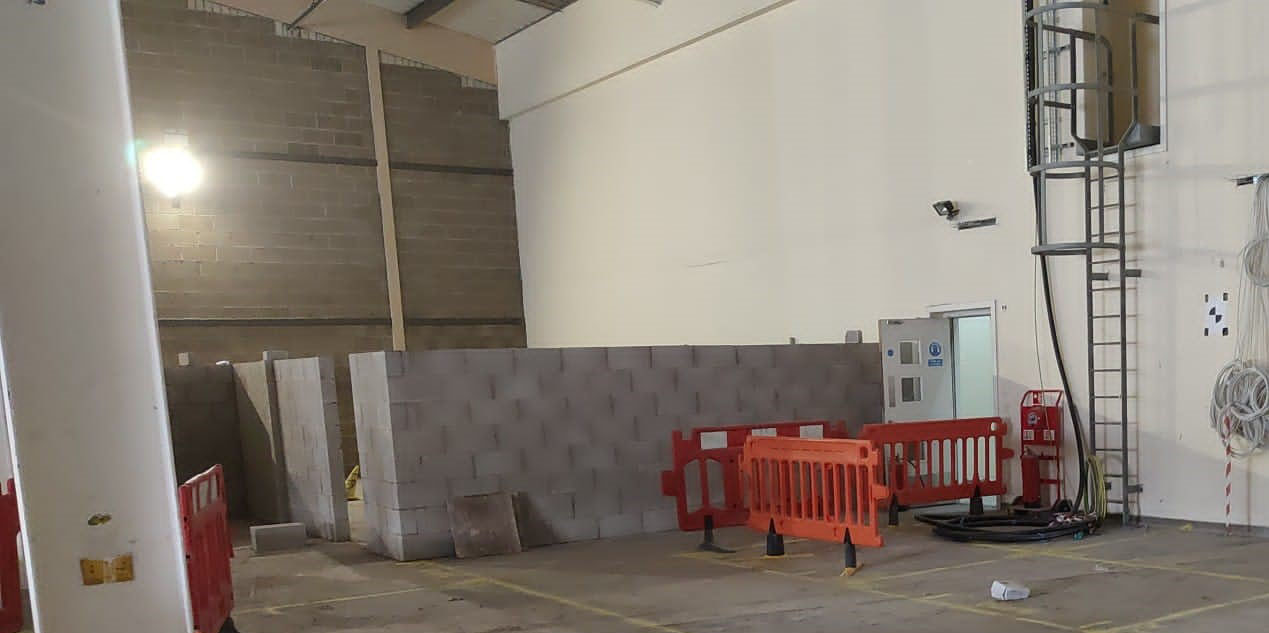Interior designs
When it comes to a new-build construction, a surveyor will be involved in every stage of the process. Having been on site from the planning stage, a surveyor may have carried out an initial topographical survey or underground utilities detection. This would have established the extent to which the site can be developed and the possibilities in terms of design. Surveyors would then be involved in the setting out of the site, the foundations, piles and reinforcement layouts and where the walls are positioned.
But once the main construction is underway and the superstructure takes shape, there are other tasks that can be carried out by surveyors inside the building too. In large warehouse buildings, setting out and levels are the principle tasks that will need to be addressed. Setting out will entail referencing the original plans and transferring the data into the real world of the building’s interior for marking out internal rooms and positioning industrial plant, manufacturing equipment, racking or other internal infrastructure.
The inside story
In a large office building or industrial complex, the partitions may be installed at a later stage, once the tenant has decided on its usage and practicality. In a residential space, room sizes tend to be set by the architect’s drawings and setting these out involves accurately plotting the position of the elements. This will sometimes be carried out in collaboration with tradesmen, such as bricklayers or joiners, who will use the marks indicated by the surveyors as a guide to where the walls, doors etc, will stand. A surveyor’s input is also important where modular building has been adopted, as the accurate alignment of services access is vital within sets of vertical modular rooms. It is also particularly necessary, where modular rooms are being fitted into older buildings, where the original dimensions are irregular.
Providing a definite reference
Another interior job for a surveyor on site would be establishing levels inside the structure. This involves transferring datum marks from outside the superstructure, to use as a definite reference for interior components, such as floor levels and ceiling heights. Other interior elements such as staircases, escalators and lift shafts, that require levels establishing between storeys will also need to involve a surveyor. A surveyor may also be asked to set out interior fixtures and fittings, if they are to become part of the actual fabric of the building. In addition, surveyors are also often called upon to undertake monitoring of things like concrete slabs or flooring, which are sinking under the weight of a piece of equipment, where the original weight has been miscalculated.
This is only part of the work a surveyor will carry out on site, but it’s an important element of our work and an aspect that is often unseen in the finished article.
For further information on setting out – internally or externally – visit Powers UK.








